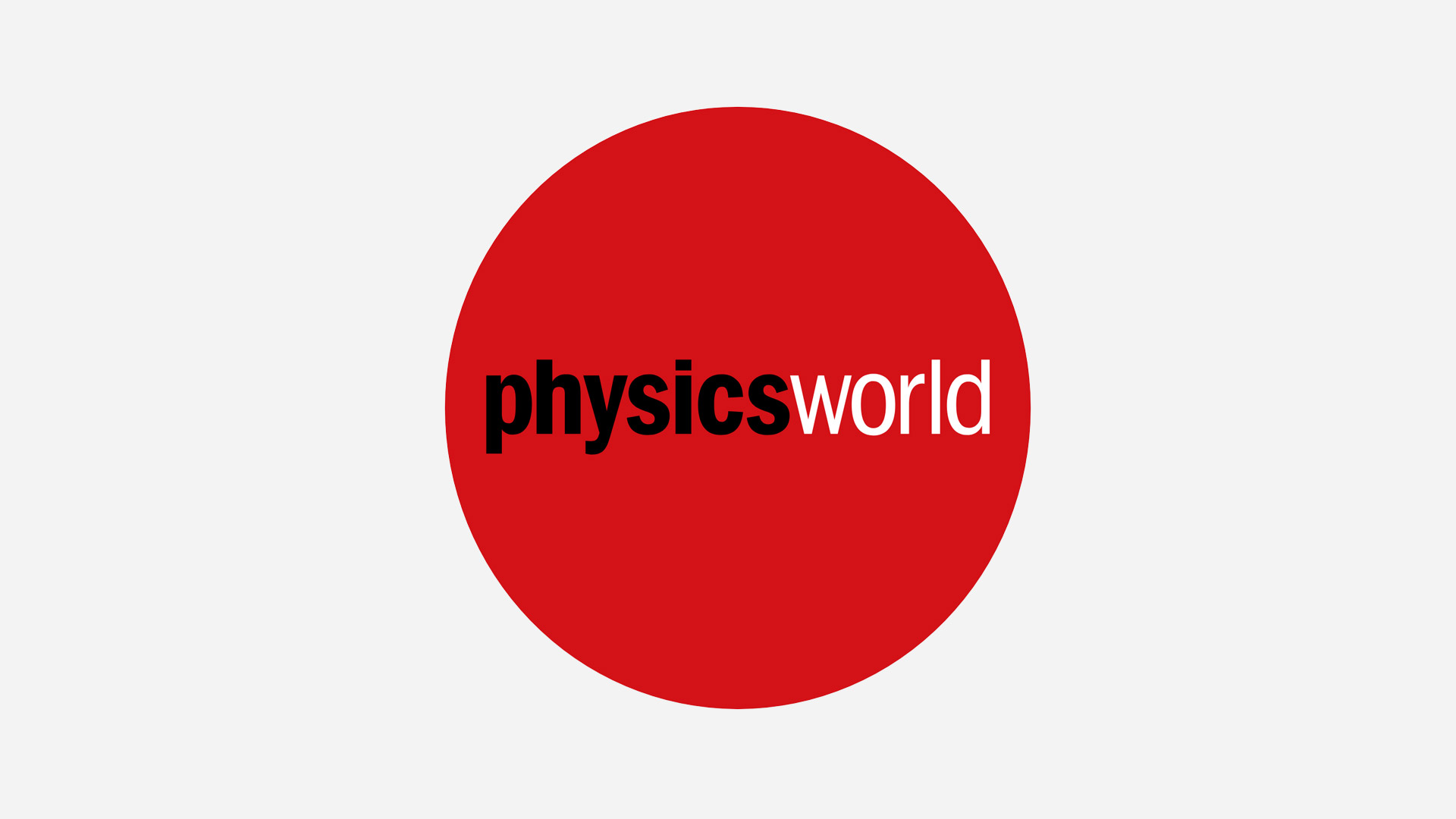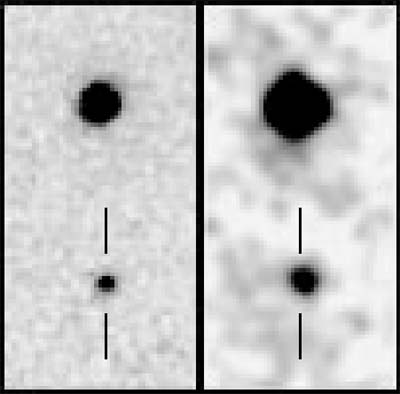Author
Array
(
[0] => linkedin
[1] => facebook
[2] => twitter
[3] => google-plus
[4] => youtube
)
Array
(
[0] => linkedin
[1] => facebook
[2] => twitter
[3] => google-plus
[4] => youtube
)
Array
(
[0] => linkedin
[1] => facebook
[2] => twitter
[3] => google-plus
[4] => youtube
)
Array
(
[0] => linkedin
[1] => facebook
[2] => twitter
[3] => google-plus
[4] => youtube
)
Array
(
[0] => linkedin
[1] => facebook
[2] => twitter
[3] => google-plus
[4] => youtube
)
No Author
Author archive
 Read article: The physics of a spinning coin
Read article: The physics of a spinning coin
Moffatt became interested in the problem while looking for Christmas presents for his grandchildren. “I came across the toy in a mail order catalogue and thought it sounded interesting,” he says. After playing with the toy he became intrigued with the physics behind Euler’s disk. “The disk is continually losing energy throughout the process,” he […]

There has been speculation over the long term future of DERA and its 11 500 employees – 9 000 of whom are research scientists – since 1998 when the government’s strategic defence review recommended that the agency should be privatised. However, union officials, the House of Commons select committee on defence, and the US government […]

When Murray Gell-Mann was awarded the Nobel Prize for Physics in 1969, his colleague at the California Institute of Technology, Richard Feynman, said: “This event marks the public recognition of what we have known for a long time, that Murray Gell-Mann is the leading theoretical physicist of today. The development during the last 20 years […]

Tim Berners-Lee’s name will be familiar to most readers of Physics World as the one-time Oxford physics student who, while working at the CERN particle-physics lab in Geneva, invented the World Wide Web – a feat for which he has received numerous awards, including an OBE in 1997. Berners-Lee first proposed the idea of the […]
 Read article: Hubble sees mystery object
Read article: Hubble sees mystery object
There are four possible explanations for the object: a highly obscured galaxy, an old elliptical galaxy at redshift 3 or 4, a galaxy at redshift 12, or an intergalactic carbon star. However, there are problems with all of these interpretations. “It would be very strange to have found a highly obscured galaxy with colours this […]

The neutron scattering experiments were carried out by Herb Mook from the Oak Ridge National Laboratory and colleagues, while the ion channelling experiments were performed by Rajeshwar Sharma from the University of Maryland and co-workers. Mook and co-workers showed that certain magnetic fluctuations in YBCO are one-dimensional – as would be expected if the stripe […]

Scanning tunnelling microscopes (STMs) rely on an ultrafine ‘tip’ to push atoms over a surface. The atoms are pushed either by the tip itself, or by an electric field. The new technique relies on the current that tunnels from the tip to the atom. As the tip approaches the bromine atom, the atom moves closer […]

The first virtual observatory to receive significant funding will be a European project called ASTROVIRTEL, which is based at the ESO headquarters in Garching, Germany. European astronomers will be able to apply for grants from the European Commission to analyse the archive, which will include data from the Very Large Telescope (VLT), the New Technology […]

Converting electrical signals into optical pulses is one of the speed ‘bottlenecks’ in current telecommunications systems. To reach high data speeds, a series of electro-optic devices called modulators, all operating at different wavelengths, are used. The most common modulators are based on a lithium niobate compound, but they require high voltages (5 V) to work. […]

The JIF scheme is designed to bring facilities at UK universities to the forefront of international research. Nearly £600m has been awarded to 109 projects in 28 different institutions since the UK Government and the Wellcome Trust – the world’s largest biomedical research charity -first funded the scheme. The size of the third round awards […]
Copyright © 2025 by IOP Publishing Ltd and individual contributors
 Read article: The physics of a spinning coin
Read article: The physics of a spinning coin

